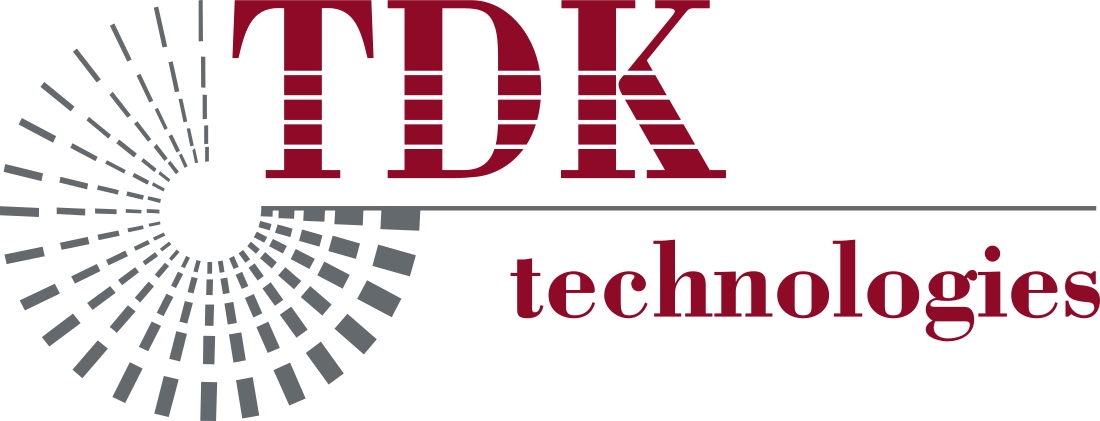Making Retrospectives Effective: A Guide for Software Development Project Leaders
Continuous improvement and adaptability are cornerstones of developing software using Agile methodologies. Agile is characterized by emphasizing iterative development and responsiveness to change. Pivotal tools in realizing these goals are Agile retrospectives, which are conducted at the close of each iteration or sprint. Retrospectives offer teams the opportunity to reflect on their processes, evaluate their effectiveness, and pinpoint areas for improvement.
The significance of retrospectives cannot be overstated. They provide a structured forum for improving workflow, increasing team satisfaction, and ultimately boosting project success. This article outlines key steps and practices for maximizing the effectiveness of retrospectives, ensuring they remain a powerful instrument in the Agile toolkit.
The Essence of Agile Retrospectives
An Agile retrospective is not merely a meeting; it is a dedicated ceremony with the sole purpose of reflecting on the recent iteration. Retrospectives identify successes, acknowledge challenges, and formulate actionable plans to enhance future sprints. This ceremony is crucial for fostering continuous improvement, encouraging team cohesion, and maintaining high morale among team members.
Structuring the Retrospective
While the textbook length for a retrospective is often cited as 90 minutes, the duration can vary based on the complexity of the project and the specific needs of the team. Ideally, these sessions take place as close to the end of each sprint as possible when issues remain at the top of each person’s mind. Retrospectives only should involve people directly working on the software development project. These indiviuals are best positioned to identify one or two items to improve the team’s processes.
Regardless of length, the retrospective should culminate in concrete actions for the very next iteration.
Five Steps for Effective Retrospectives
It’s essential that retrospectives take place in an environment of trust and openness, so each team member feels comfortable sharing their insights and suggestions.
- Set the Stage: The retrospective begins with setting positive goals focused on improving the project. The leader of the meeting outlines the process and sets the tone by welcoming the team and appreciating their efforts. This is followed by each team member taking a turn to speak, generally just for a few minutes. An activity like "Start, Stop, and Continue" can be useful to break the ice. For example: What is one thing we should start doing, what is one thing we should stop doing, and what is one thing we should continue?
- Gather Data: The next step involves creating a shared pool of data, encompassing both objective facts and subjective experiences. For instance, in the Triple Nickels activity, team members brainstorm individually before sharing and expanding on each other’s ideas. This process helps the team uncover underlying issues and recognize opportunities for improvement.
- Generate Insights: With the data collected, the team then delves into generating insights to understand systemic influences and root causes. Techniques like the Fishbone Diagram, Five Whys, or Force Field Analysis can be employed to identify factors that support or inhibit the desired change. This phase is about looking beyond the surface to understand the dynamics at play and how they impact the team’s performance.
- Decide What to Do: Transitioning from discussion to action is critical. The team selects no more than two actions or experiments for the next iteration. This is generally done by a vote of the retrospective participants as a way to gain consensus. Any action item should be specific, measurable, attainable, relevant, and time-bound (SMART). These items will be reviewed in the next retrospective, allowing for incremental changes that lead to long-term improvement.
- Close the Retrospective: The retrospective concludes with a reiteration of the actions agreed upon and the follow-up required. Each team member should leave with a clear understanding of their commitments and the team’s collective plan. This closing phase is also an opportunity to acknowledge contributions and express appreciation, fostering a sense of camaraderie and mutual respect.
Key Considerations for Successful Retrospectives
Retrospectives are most effective when they are conducted in a structured yet flexible manner. The specific process can and should be tailored to the unique needs of the team. Some teams may find it beneficial to hold retrospectives off-site or over a meal, creating a relaxed atmosphere that encourages open dialogue. The size of the team and the complexity of the project will also influence the retrospective’s structure.
It’s crucial to strike a balance between formality and informality. Too much structure can stifle creativity and openness, while too little can lead to unproductive sessions dominated by finger-pointing or blame-shifting. The emphasis should always be on the process and not the people. Any personal issues should be addressed outside the retrospective to maintain a focus on improving team dynamics and work processes.
The Role of Retrospectives in Continuous Improvement
In the Agile framework, retrospectives are the cornerstone of continuous improvement. They provide a regular, structured opportunity for the team to reflect on their performance and identify areas for enhancement. By adhering to the principles of effective retrospectives, project leaders can foster a culture of continuous learning and improvement, ensuring that their teams remain agile, adaptable, and poised for success.
To Recap
Retrospectives are not just another meeting on the calendar; they are critical components of the Agile process. They allow software development teams to take a step back after each iteration and identify one or two ways to make their processes a little bit better. When conducted effectively, retrospectives can transform a team’s cohesiveness and enhance communication, while increasing overall satisfaction, velocity and productivity. By embracing the retrospective process, software development teams can navigate the complexities of their projects with greater agility and effectiveness.
